Extreme heat can be detrimental to your garden, causing plants to wilt, dry out, and even die. However, with the right strategies, you can protect your garden and keep it thriving even during the hottest days. Here’s how to protect your garden from extreme heat effectively.
Other Topics You Might Like
Helpful Products You Might Like
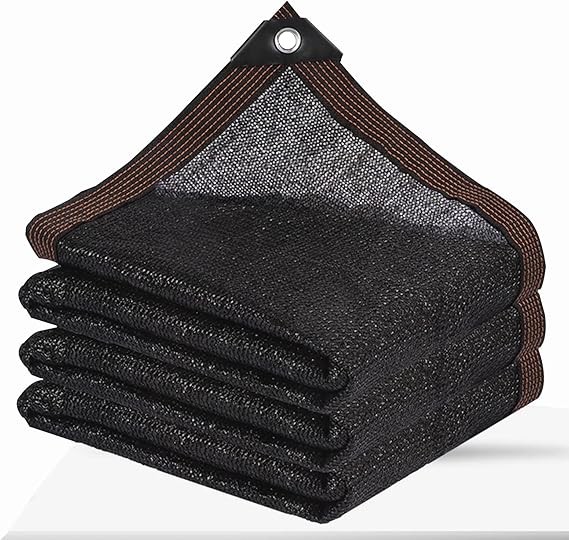
Shade Cloth Garden Shade Netting for Plants Heat Protection
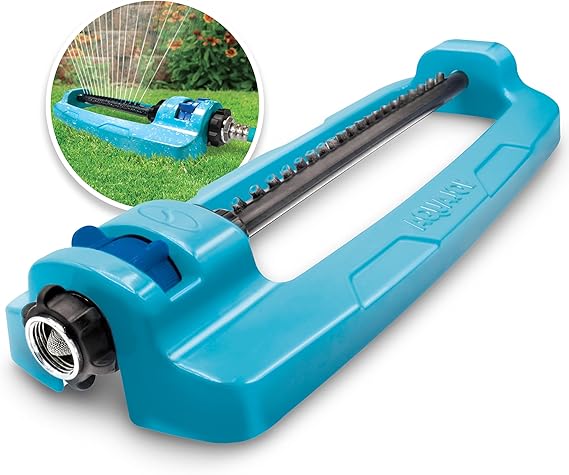
Aqua Joe SJI Indestructible Metal Base Oscillating Sprinkler Spray
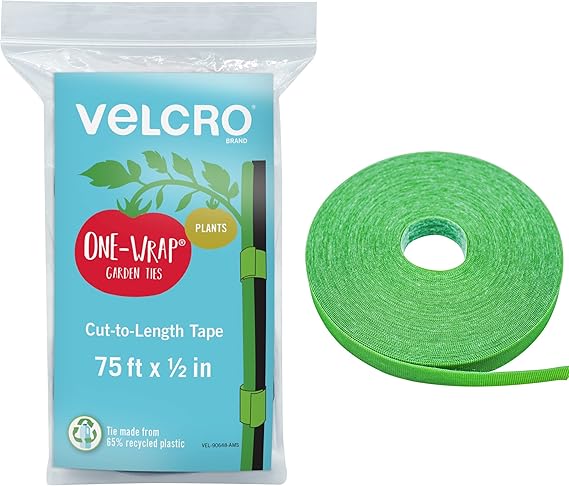
VELCRO Brand ONE-WRAP Garden Ties
"(Paid Links)" 
Watering Techniques
Proper watering is crucial during extreme heat:
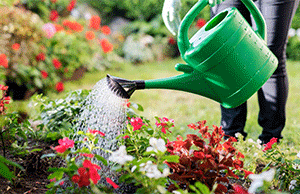
Water Early or Late
Water your garden early in the morning or late in the evening when temperatures are cooler. This reduces evaporation and ensures that the water reaches the plant roots.
Deep Watering
Water deeply but less frequently. This encourages plants to develop deep root systems that are more resilient to heat. Ensure the water penetrates at least 6-8 inches into the soil.
Mulching
Apply a thick layer of mulch around your plants. Mulch helps retain soil moisture, keeps the roots cool, and reduces the need for frequent watering.
Shade Protection
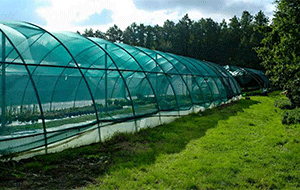
Providing shade can significantly reduce heat stress on your plants:
Use Shade Cloths
Install shade cloths over your garden to protect plants from the harsh afternoon sun. Shade cloths come in various densities, so choose one that provides the right amount of protection without completely blocking sunlight.
Temporary Shelters
Create temporary shelters using materials like old sheets, umbrellas, or even tarps. Position them to block the sun during the hottest parts of the day.
Plant Strategically
Plant heat-sensitive crops in areas that receive partial shade, such as near taller plants or structures that can provide natural shade.
Soil Management
Healthy soil can help plants withstand extreme heat:

Improve Soil Quality
Enrich your soil with organic matter like compost. Healthy soil retains moisture better and provides essential nutrients to plants.
Add Moisture-Retentive Amendments
Incorporate moisture-retentive amendments like peat moss or vermiculite into the soil. These materials help the soil retain water longer.
Plant Selection
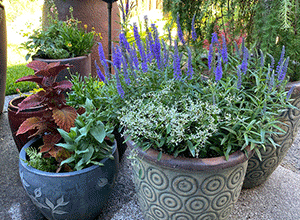
Choosing the right plants can make a big difference in how well your garden handles extreme heat:
Heat-Tolerant Varieties
Select plants that are known to be heat-tolerant. Examples include succulents, cacti, and certain herbs like rosemary and thyme.
Native Plants
Opt for native plants that are adapted to your local climate. These plants are typically more resilient to extreme weather conditions.
Companion Planting
Use companion planting to create a microclimate. Plant taller, heat-tolerant plants next to more sensitive ones to provide some natural shade and wind protection.
Maintenance Practices
Proper maintenance can help your garden survive extreme heat:
Pruning
Prune any dead or damaged foliage to reduce stress on the plants. This also improves air circulation, reducing the risk of heat-related diseases.
Weeding
Keep your garden free of weeds, as they compete with your plants for water and nutrients.
Monitor for Pests
Heat-stressed plants are more susceptible to pests. Regularly inspect your garden for signs of pest activity and take appropriate action.
Emergency Measures
In case of an unexpected heatwave, take these emergency measures:
Hydrate Plants Quickly
If a sudden heatwave hits, water your plants immediately to provide them with the necessary hydration.
Move Container Plants
For container gardens, move the pots to a shaded area or indoors during extreme heat.
Misting
Use a misting system to cool the air around your plants. This can temporarily lower the temperature and reduce heat stress.
Long-Term Strategies
Implementing long-term strategies can make your garden more resilient to extreme heat:
Plant Trees
Plant trees strategically around your garden to provide natural shade and create a cooler microclimate.
Install Irrigation Systems
Consider installing drip irrigation systems that provide consistent moisture directly to the plant roots.
Build Raised Beds
Raised beds can improve drainage and soil quality, helping plants cope better with extreme temperatures.
By following these steps, you can protect your garden from extreme heat and ensure it remains healthy and productive throughout the hottest months. Proper planning, strategic planting, and regular maintenance are key to creating a resilient garden that thrives despite the challenges of extreme weather.
